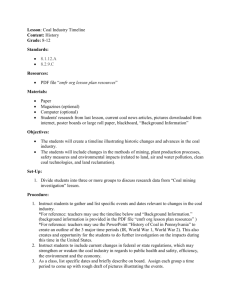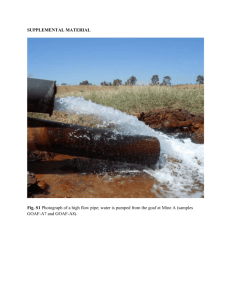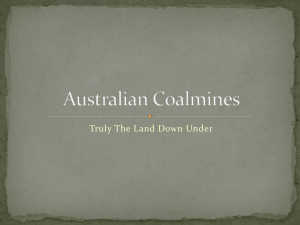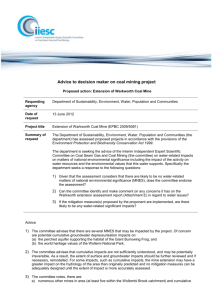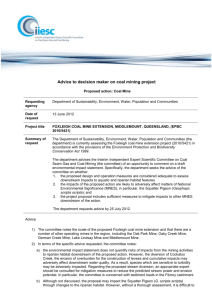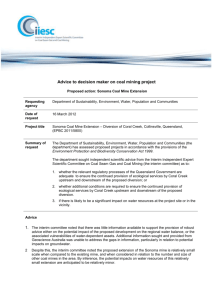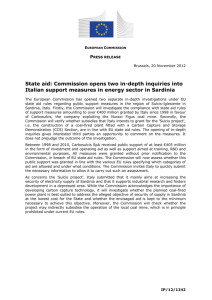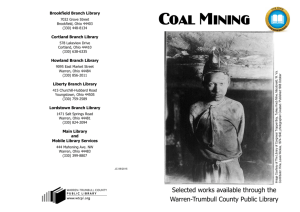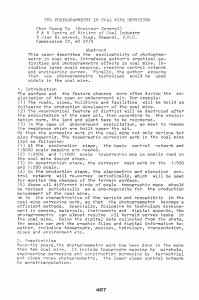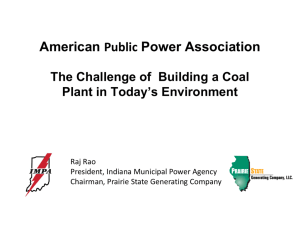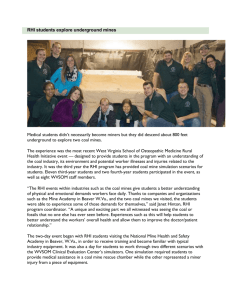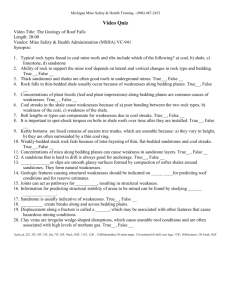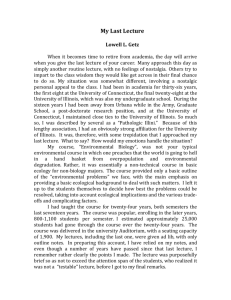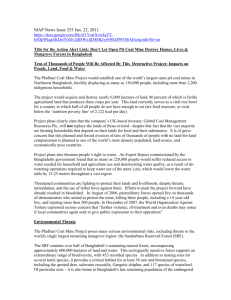instructions to authors for the preparation - The Gibson Group
advertisement
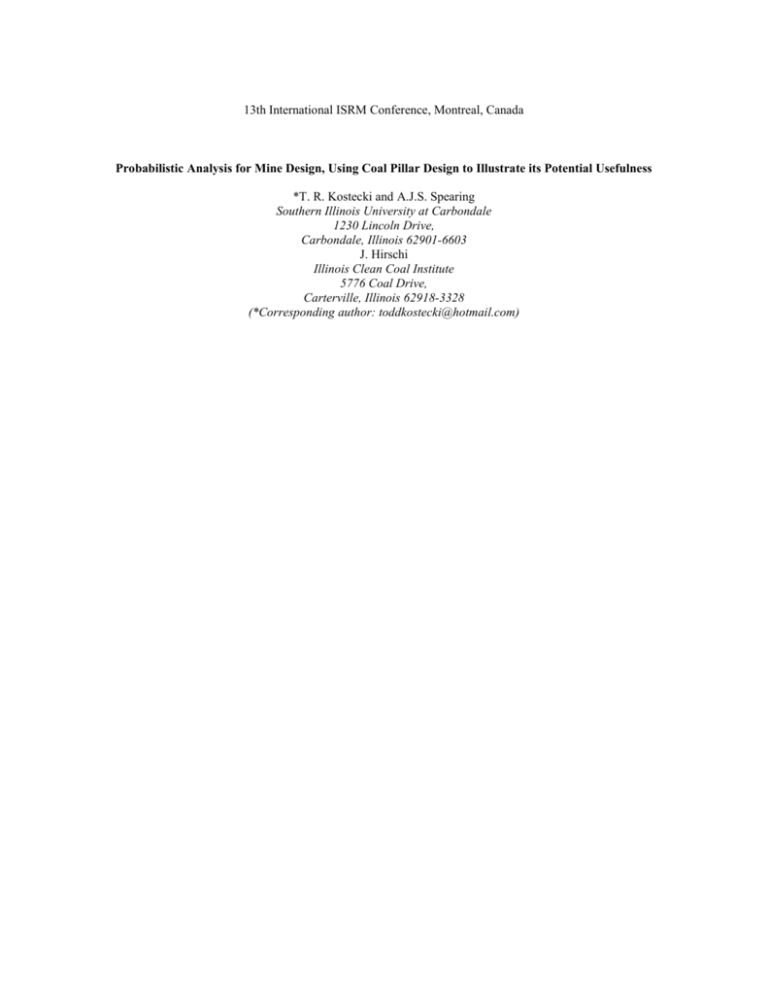
13th International ISRM Conference, Montreal, Canada Probabilistic Analysis for Mine Design, Using Coal Pillar Design to Illustrate its Potential Usefulness *T. R. Kostecki and A.J.S. Spearing Southern Illinois University at Carbondale 1230 Lincoln Drive, Carbondale, Illinois 62901-6603 J. Hirschi Illinois Clean Coal Institute 5776 Coal Drive, Carterville, Illinois 62918-3328 (*Corresponding author: toddkostecki@hotmail.com) ABSTRACT Analytical engineering design is based upon a trial-and-error iterative and deterministic process. Within this process, the engineer obtains some estimated values, plugs them into de facto closed-form equations, and receives output, which is expected to be a single number that serves as the basis for the design. In the most general sense, this number is typically a factor of safety, or some other equivalent strength-by-stress ratio. This provides the engineer with a quick and quantitative look at a design scenario or problem. This can create problems however, because in design scenarios in mining applications, the actual system is highly variable, complex and often chaotic, which can lead to potentially incorrect conclusions that in the worst case result in unsafe designs. A more appropriate and reliable approach is a probabilistic analysis for engineering design. This process is used widely in civil and other engineering disciplines, but is often overlooked for applications in coal mine design (Canbulat, 2008). Additionally, it seems the amount of past studies in this area, especially in coal mine design, are rather limited. This is surprising considering how the probabilistic approach can account for uncertainty in parametric values and how unpredictable a mining design can be. This paper will focus on a summary of past studies related to probabilistic analysis in coal mine design, particularly ground control, and provide recommendations for future work that could improve design reliability. KEYWORDS Deterministic, Probabilistic, Coal Mine Design, Support Design, Pillar Design.







